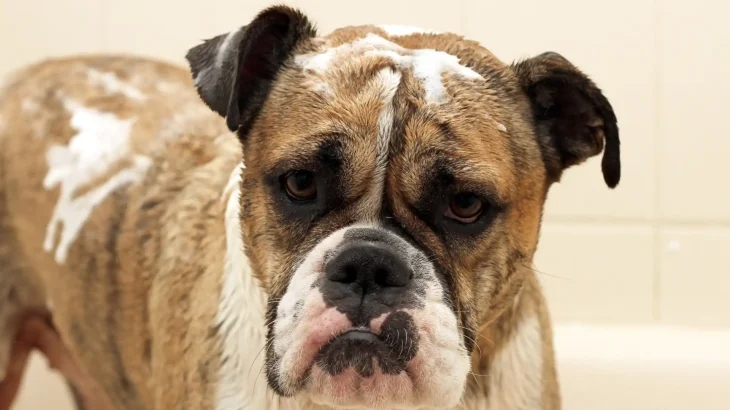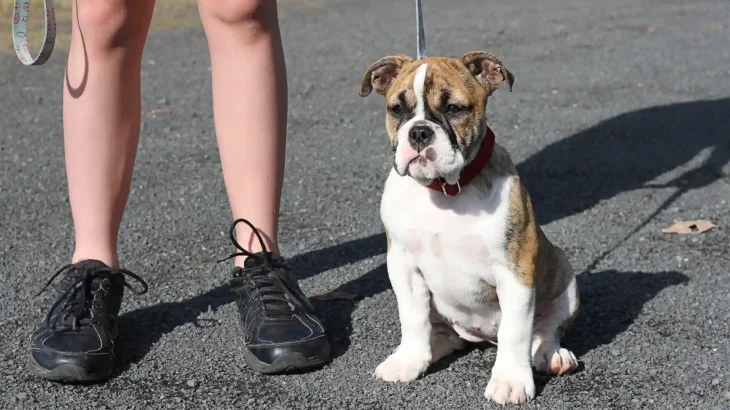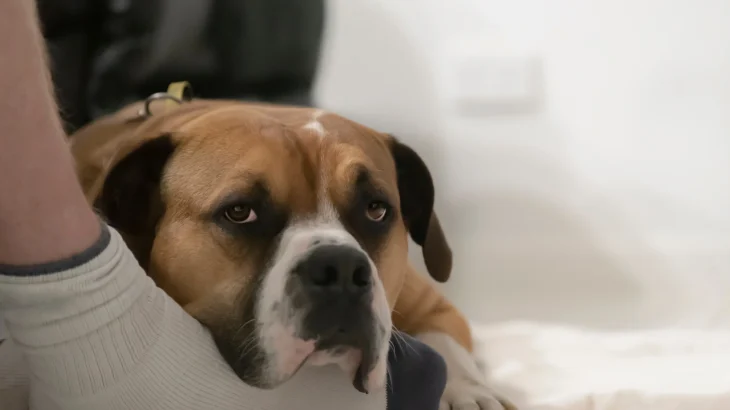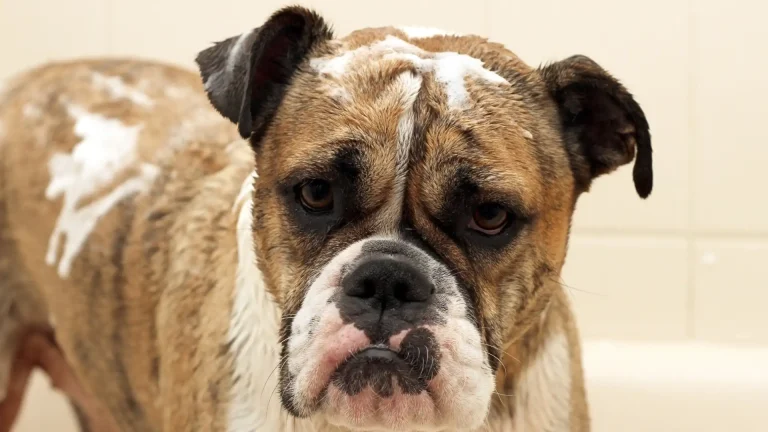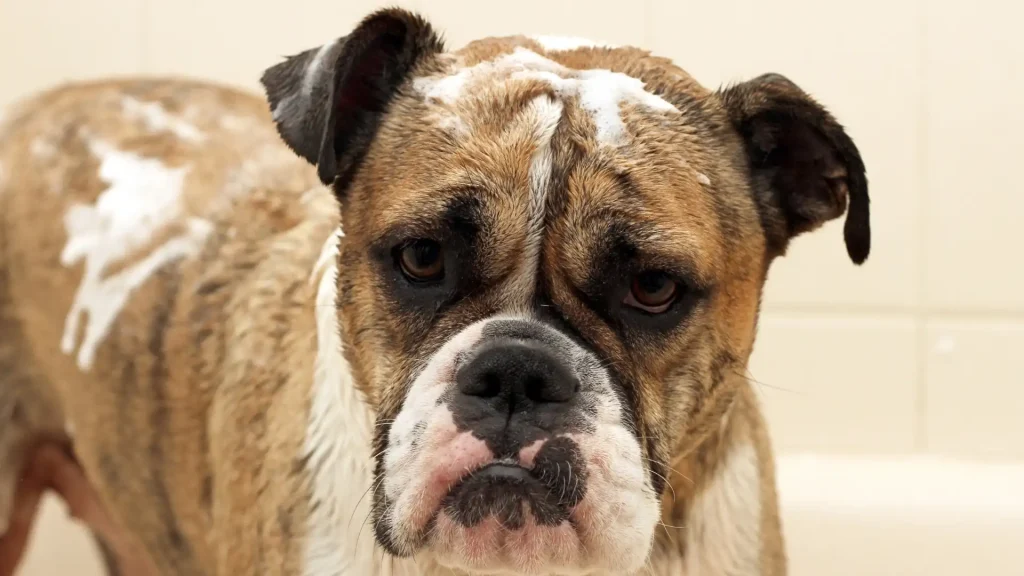When deciding whether to welcome a Miniature Australian Bulldog puppy into your home by adoption or purchase, the choice often centers on factors like cost, health certainty, and ethical considerations. While buying from a breeder may offer clearer health histories and pedigree, adopting can be a more affordable option that also supports animal welfare.
Adoption vs. Breeder: Pros & Cons
| Criteria | Buying from Breeder | Adopting from Shelter/Rescue |
|---|---|---|
| Cost | Generally higher due to breeding expenses and pedigree, often several hundred to a few thousand dollars. | Lower adoption fees, usually more affordable and may include initial vet care. |
| Health History | Detailed records with genetic screening often provided, reducing risk of unknown conditions. | Health history might be limited or unknown, though basic veterinary exams are typically performed. |
| Age Availability | Mostly puppies available, ideal for raising from an early age. | Available dogs may be various ages, including adults, which can be a plus for some adopters. |
| Temperament Insight | Breeders often know the lineage's general temperament. | Staff or foster families may provide behavior insights, but full history may be unavailable. |
| Ethical Considerations | Choose responsible breeders to avoid supporting puppy mills or unethical breeding. | Adoption supports animal welfare by providing homes to dogs in need, reducing shelter populations. |
| Breed Purity & Pedigree | Guaranteed lineage with paperwork, important for shows or breeding plans. | Breed purity may be uncertain; emphasis is more on finding a companion. |

